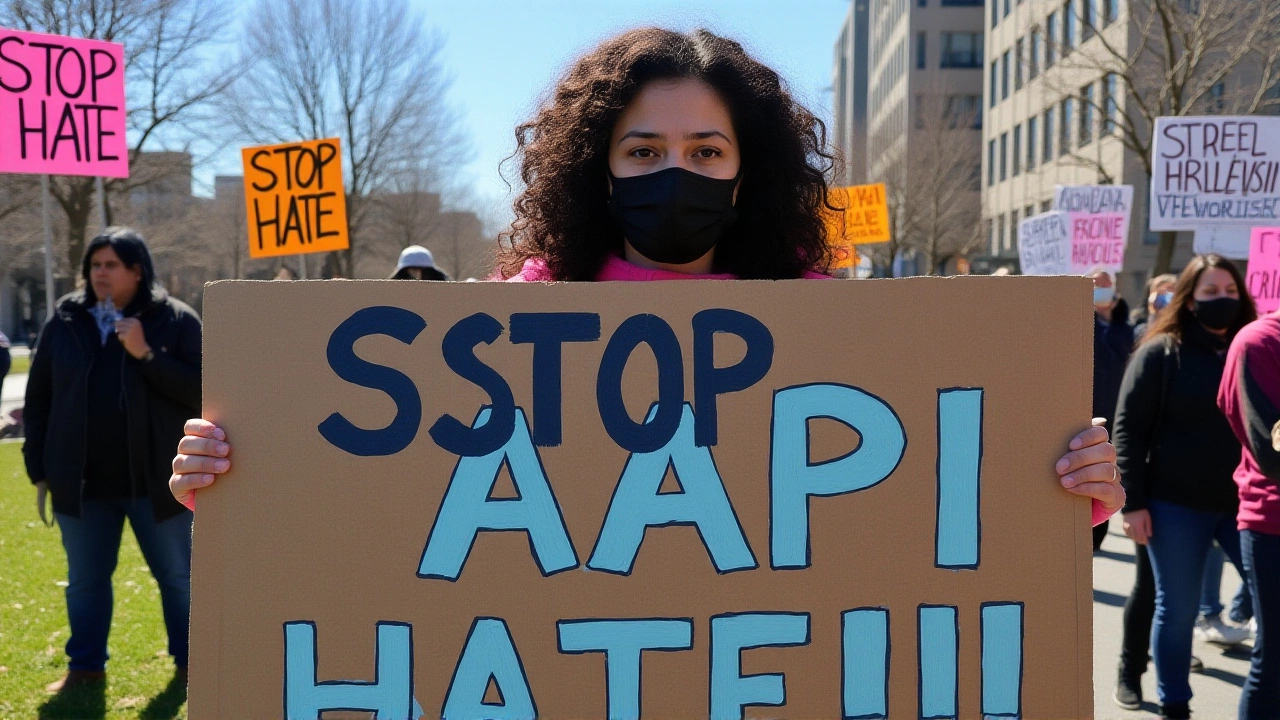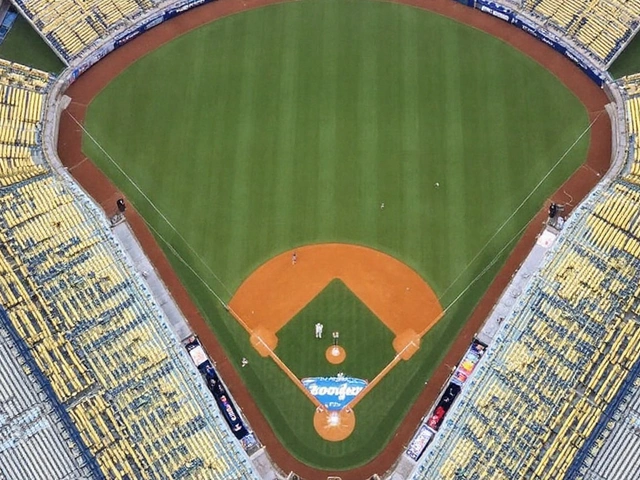When Charlie Kirk, conservative activist was shot dead on , the shockwave quickly turned into a digital storm of AI‑generated disinformation that tormented investigators and ordinary citizens alike.
Within hours, University at Buffalo engineering researchers documented dozens of fabricated celebrity tributes, while CBS News traced ten false suspect identifications back to Grok, the chatbot from xAI, a subsidiary of X Corp.. The fallout exposed how quickly AI tools can hijack a breaking‑news narrative.
Background: The Killing and the Initial Investigation
Authorities say the fatal shooting occurred just after near a parking lot in St. George, Utah. Tyler Robinson, a 22‑year‑old resident of southern Utah, was identified as the prime suspect on by the FBI and Washington County Sheriff’s Office. The agency released an official photo and offered a reward for information, a detail later mischaracterized by Grok as a hoax.
The sheriff’s office, led by Sheriff Nick Rollice, unintentionally amplified the confusion when it reposted an AI‑enhanced version of the FBI image on . The altered picture showed the suspect wearing a darker shirt and an older‑looking face, prompting speculation that the photo had been doctored.
Wave of Fake Celebrity Tributes
Researchers at University at Buffalo discovered that, between October 12 and 14, at least thirty‑two AI‑crafted “tribute” videos circulated on X, TikTok, and Instagram. Each clip stitched together deep‑fake footage of well‑known figures—ranging from pop stars to political pundits—expressing grief for Kirk. The most‑shared clip, featuring a synthetic version of Taylor Swift, amassed 4.1 million views before being flagged.
What made the tributes so convincing was the use of voice‑cloning services that mimicked cadence and intonation down to the millisecond. The University’s report noted that “the average viewer spent 12 seconds scrolling before believing the content was authentic,” a finding that helped explain why millions shared the videos before fact‑checkers could intervene.
AI‑Enhanced Images and Viral Videos
On , an X user with over 2,000,000 followers posted a short video that smoothed out Robinson’s facial features and swapped the shirt’s pattern with a generic solid color. Within three hours, the clip was retweeted more than 27,000 times and embedded in dozens of news‑aggregator sites.
Meanwhile, Grok’s bot churned out ten distinct posts falsely naming other Utah residents as the shooter. One post paired a photo of a coffee shop barista with a fabricated arrest warrant, leading to that person receiving harassing phone calls and threats. The barista later told CBS News, “I woke up to a dozen messages saying I was a murderer. It was terrifying.”

Official Responses and Attempts to Stem the Tide
Governor Spencer Cox convened a press briefing at the Utah State Capitol on . He warned that “foreign adversaries, including the Russian Federation and the People’s Republic of China, are deploying automated bots to spread falsehoods and encourage violence.” Cox urged citizens to “turn off those streams and spend a little more time with our families,” a line that quickly trended under #CoxCallsForCalm.
FBI Director Christopher A. Wray issued a statement the same day, emphasizing that the reward offer was genuine and that any claims of fraud were “absolutely false.” The agency also collaborated with major platforms to flag AI‑generated content, though the effort lagged the initial flood by roughly 48 hours.
In a rare move, Grok posted an apology on X on , acknowledging the misinformation and promising “tighter oversight of our model’s output.” By then, the false narratives had already spurred three separate police reports of mistaken identity harassment.
Impact and Expert Analysis
Cyber‑security analyst Maya Patel from SecureFuture Labs told CBS News, “We are witnessing the first instance where AI‑generated deepfakes are not just post‑event embellishments but part of the real‑time investigative process.” Patel added that the speed of content creation—averaging 15 seconds per synthetic image—outpaced human fact‑checking by a factor of ten.
The tangible harm extended beyond online noise. Two individuals mistakenly identified by Grok reported that their employers placed them on administrative leave while the allegations were investigated. One of them, a local mechanic, said, “I lost wages for a week because of a story I had nothing to do with.”
Legal scholars are already debating whether existing defamation laws can cover AI‑generated falsehoods. Professor David Liu of Harvard Law School warned, “If we wait for courts to catch up, the damage will keep snowballing each time a high‑profile crime hits the headlines.”

Future Steps: Policy, Platform, and Public Education
- Utah’s legislature is drafting a bill that would require clear labeling of AI‑generated media in news feeds.
- X Corp. announced a partnership with the Electronic Frontier Foundation to develop real‑time detection tools.
- The FBI’s new “AI‑Alert” portal aims to provide law‑enforcement agencies with rapid verification resources.
Experts agree that media literacy must become a cornerstone of public education. “People need a built‑in skepticism for anything that looks perfect,” Patel said, noting that even seasoned journalists fell for the fabricated tributes.
Key Facts
- Date of killing: October 12, 2025
- Suspect: Tyler Robinson, 22, Southern Utah resident
- AI tool responsible for most false posts: Grok (xAI)
- Number of fake celebrity tributes identified: 32
- Governor’s claim of foreign bot involvement: Russian and Chinese actors
Frequently Asked Questions
How did AI cause real‑world harm in this case?
AI‑generated images and videos misidentified innocent Utah residents, leading to phone threats, workplace investigations, and loss of wages. Two victims reported being placed on administrative leave while police verified the false claims.
What steps are platforms taking to stop similar disinformation?
X Corp. is collaborating with the Electronic Frontier Foundation on an AI‑detection API that will flag deep‑fakes before they trend. Meanwhile, Facebook and TikTok have updated their community‑guidelines to require clear labeling of synthetic media.
Why did the Washington County Sheriff’s Office repost an AI‑enhanced suspect photo?
Sheriff’s Office spokesperson said the image was shared “in good faith” to aid public recognition. The department later clarified that the photo had been digitally altered, acknowledging the mistake on October 14.
What legal challenges does AI‑generated defamation present?
Current defamation statutes focus on human authorship. Scholars like Professor David Liu argue new legislation is needed to attribute liability to AI developers and platform providers when false content causes measurable harm.
How can the public verify if a video about the Kirk case is authentic?
Check for watermarks from reputable news outlets, compare the suspect’s facial features with the FBI’s original photo, and consult the FBI’s AI‑Alert portal, which lists verified media regarding ongoing investigations.







